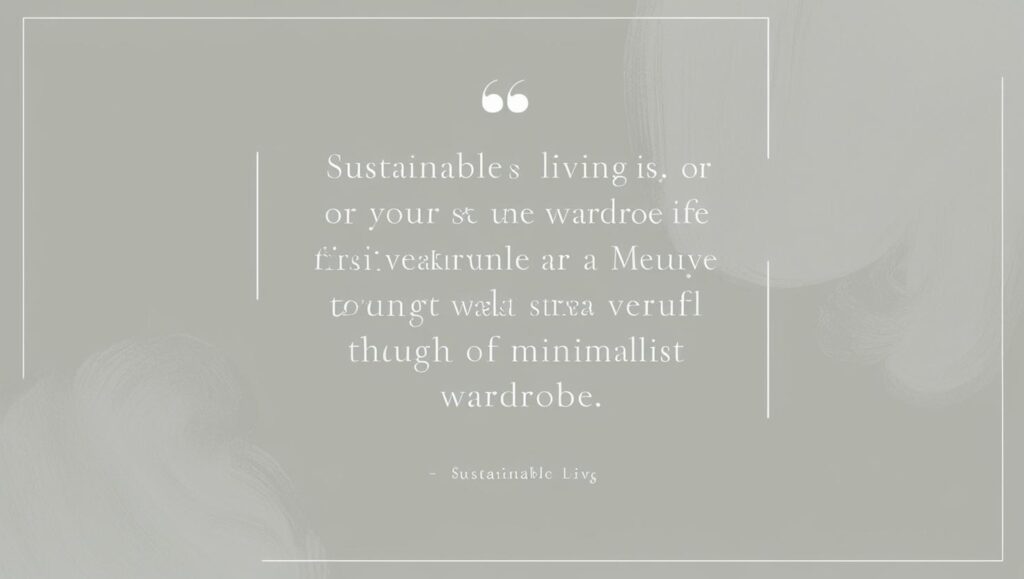Introduction
In an era dominated by fast fashion, sustainable and slow fashion have emerged as crucial movements promoting ethical, eco-friendly, and conscious consumerism. As environmental concerns grow, understanding these concepts is essential for making responsible fashion choices.
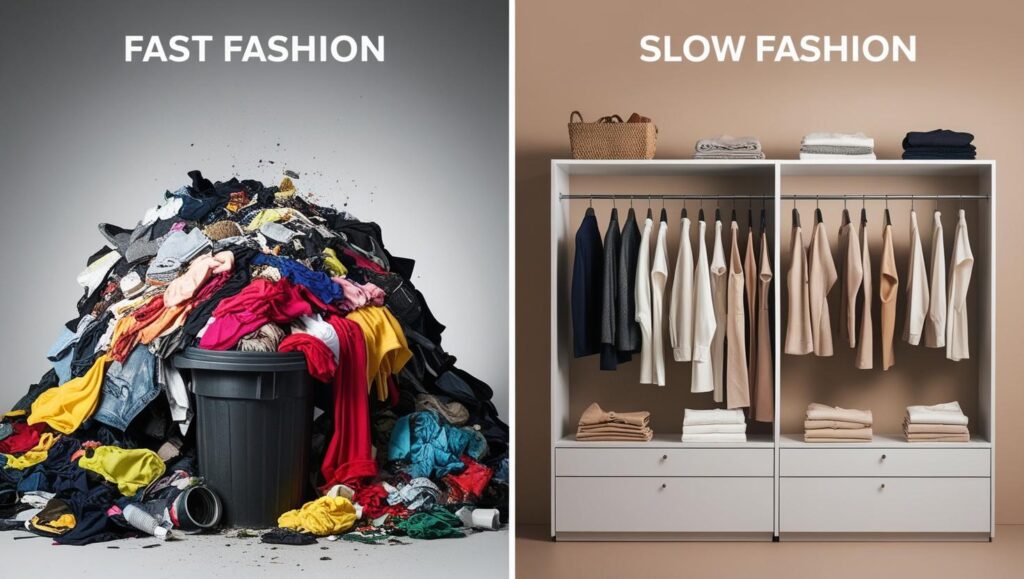
What is Sustainable Fashion?
Sustainable fashion refers to clothing, accessories, and footwear designed, manufactured, distributed, and consumed in environmentally and socially responsible ways. It focuses on reducing carbon footprints, minimizing waste, and ensuring ethical labor practices. Brands that follow sustainable fashion principles often use organic, recycled, or biodegradable materials and employ ethical sourcing and fair trade practices.
Key Aspects of Sustainable Fashion:
- Eco-friendly Materials – Use of organic cotton, hemp, bamboo, Tencel, and recycled fabrics.
- Ethical Production – Ensuring fair wages, safe working conditions, and labor rights.
- Minimal Waste – Encouraging recycling, upcycling, and zero-waste fashion.
- Longevity & Quality – Producing durable clothing to reduce consumption and waste.
- Sustainable Dyeing & Printing – Using non-toxic dyes and water-efficient printing techniques.

What is Slow Fashion?
Slow fashion is a movement that advocates for mindful consumption by promoting high-quality, timeless pieces instead of mass-produced, trendy items. It encourages consumers to buy less, choose well, and prioritize craftsmanship over quantity.
Key Principles of Slow Fashion:
- Quality Over Quantity – Investing in fewer, better-quality garments that last longer.
- Ethical Manufacturing – Supporting local artisans, fair wages, and transparent supply chains.
- Timeless Designs – Choosing classic styles over fleeting trends.
- Mindful Consumption – Reducing impulse buying and opting for versatile wardrobe pieces.
- Repair & Upcycle – Extending the life of clothing through mending, repurposing, and DIY projects.
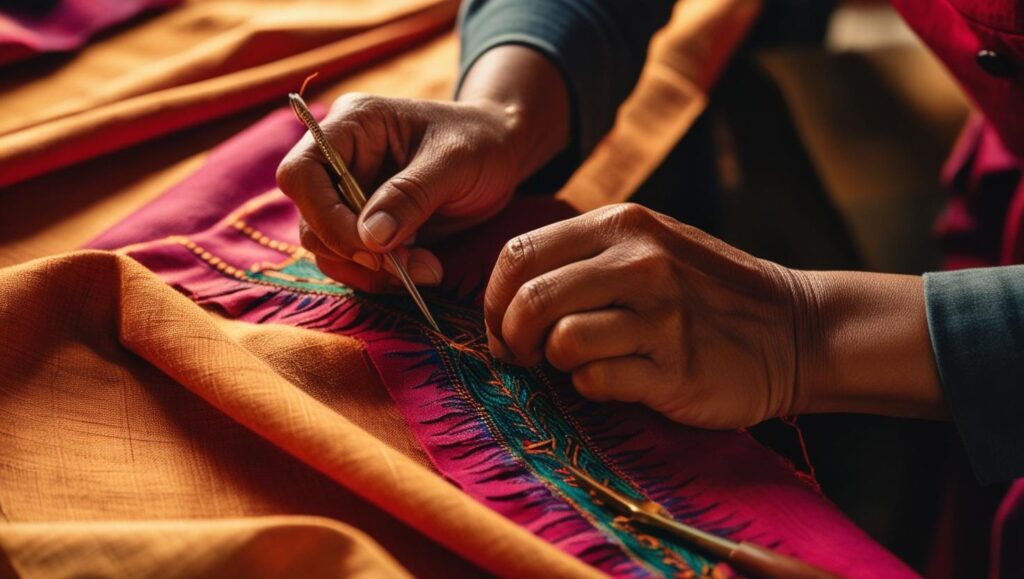
Why Should You Choose Sustainable and Slow Fashion?
- Reduces Environmental Impact – Less pollution, water consumption, and textile waste.
- Supports Ethical Labor Practices – Ensuring fair wages and humane working conditions.
- Saves Money in the Long Run – Investing in high-quality garments reduces frequent replacements.
- Promotes Individual Style – Encourages uniqueness rather than mass-market trends.
- Encourages Conscious Living – Aligns with minimalism, mindfulness, and responsible consumerism.
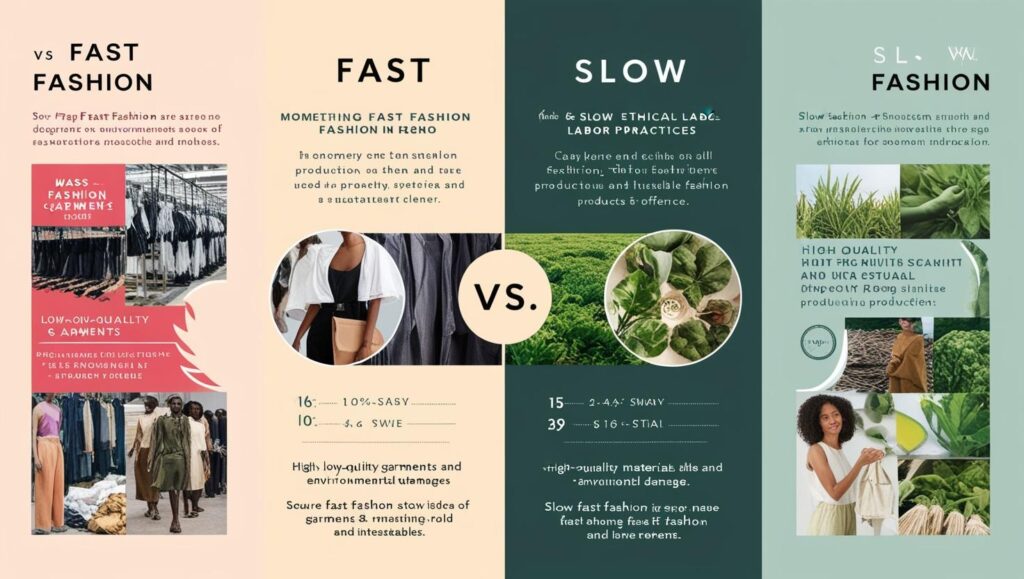
How to Incorporate Sustainable and Slow Fashion in Your Wardrobe
- Buy from Ethical Brands – Support brands that prioritize sustainability.
- Shop Second-Hand – Thrift stores, vintage shops, and clothing swaps reduce waste.
- Care for Your Clothes – Wash garments responsibly and repair them when needed.
- Rent or Borrow – Consider renting outfits for special occasions.
- DIY & Upcycle – Customize or repurpose old clothing into new designs.
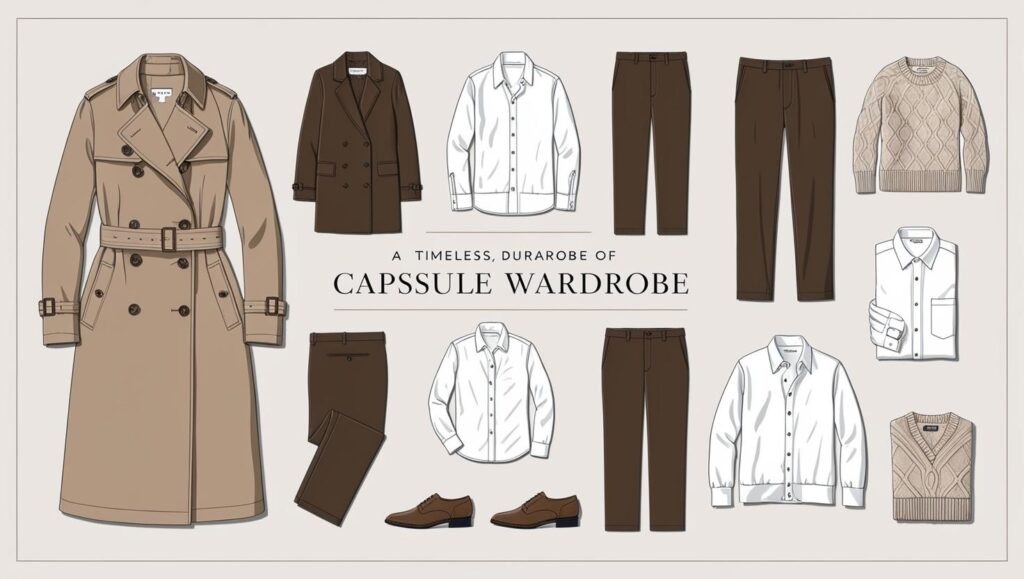
Conclusion
Sustainable and slow fashion are more than just trends—they represent a conscious shift towards responsible consumerism and environmental stewardship. By making informed choices, we can reduce fashion’s negative impact on the planet and create a more ethical and sustainable industry. Small changes in our shopping habits can make a significant difference in shaping a greener future for fashion.
